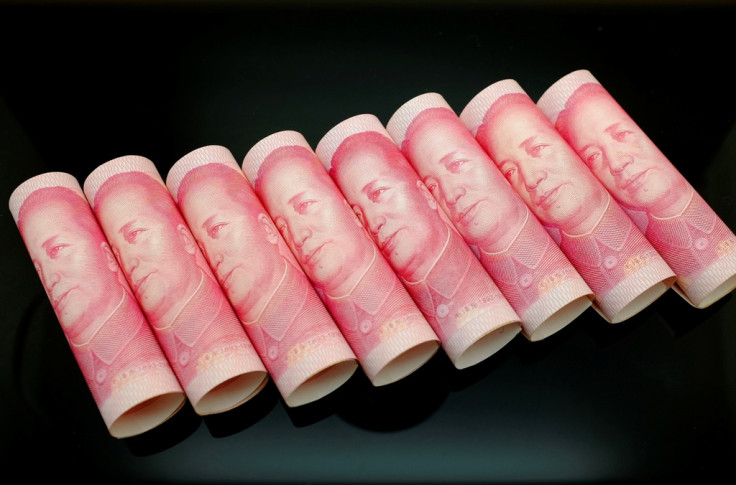Yuan's inclusion in SDR basket no big deal for global economy say economists

The International Monetary Fund's (IMF) decision to keep the composition of its special drawing rights (SDR) valuation basket intact has been immensely debated. This had led to a delay in the Chinese yuan being introduced to basket until at least September 2016.
Nevertheless, economists believe that the hype is unnecessary, as the yuan is still far away from meeting the standard to be included in the SDR basket and the SDR membership itself is much less important to the global economy.
The IMF formally reviews the composition and valuation of the SDR basket every five years. The next review is expected to be completed by end-2015, with any decisions affecting the current SDR basket to become effective in October 2016.
The delay would give users sufficient time to adjust in the event of an addition of a new currency to the basket, according to the IMF. The fund, which is slated to decide on the inclusion of the yuan in the SDR basket in November, noted that the delay "does not in any way pre-judge the outcome of the SDR review".
"The key question is whether the IMF Board decides to add the renminbi to the SDR basket when it meets in November," said economists at ANZ Bank.
"A 'no' would, in principle, push back its inclusion until at least 2020 given that the SDR's composition is supposed to be reviewed only once every five years – although we would not be surprised if a compromise is reached to review the basket again before then."
What is SDR?
The SDR is an international reserve asset, created by the IMF in 1969 to supplement its member countries' official reserves. Its value is based on a basket of four key international currencies, and SDRs can be exchanged for freely usable currencies. As of 17 March 2015, 204bn (£129bn) SDRs were created and allocated to members (equivalent to about $280bn). Today the SDR basket consists of the euro, Japanese yen, pound sterling, and US dollar. (Source: The IMF)
Citing a previous report from the IMF, they noted that the yuan does not qualify for the SDR basket on purely economic grounds, as the currency still ranks behind the current SDR basket currencies in its use as an international currency.
The IMF report also had concerns about the quality of market-based data on the exchange rate and interest rates and about the depth of China's currency and bond markets. The SDR interest rate is a weighted average of the rates on its constituent currencies.
"The under-developed state of Chinese derivatives markets could prove to be a headache for SDR users if the renminbi is added, as they often want to hedge their currency exposure," ANZ economists said.
While the IMF said it is assessing China's numerous efforts to get its currency in the SDR basket, the agency has not yet made a final decision on the matter.
Despite the shortcomings, the yuan could become a constituent of the basket, as "political considerations may yet trump any technical assessment", according to the economists.
They added that the consequences of adding the renminbi to the SDR basket will be modest.
"SDRs have a very limited role in the world economy. They can be held and traded only by central banks and a handful of other authorised institutions. They account for less than 3% of total central bank reserve assets. And they can easily be replicated by holding the four constituent currencies."
In addition, the SDR membership is neither necessary nor sufficient for a currency to become a significant reserve asset, according to them. Both the Swiss franc and gold are not included in the SDR basket, despite being strategic reserve assets. In contrast, the Saudi riyal and Iranian rial were included in the basket during the 1970s, even if they were not major reserve currencies.
The economists affirmed that the yuan is on track to become a major reserve currency in the coming decades, but the timing depends on the rapid expansion of China's currency, bond and derivatives markets.
© Copyright IBTimes 2025. All rights reserved.






















